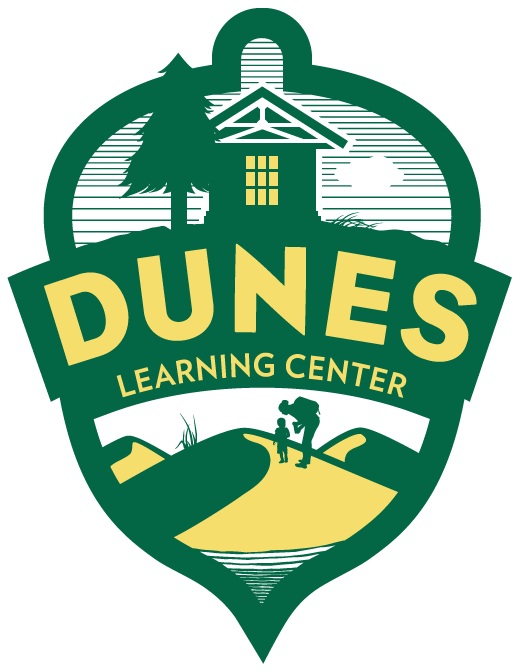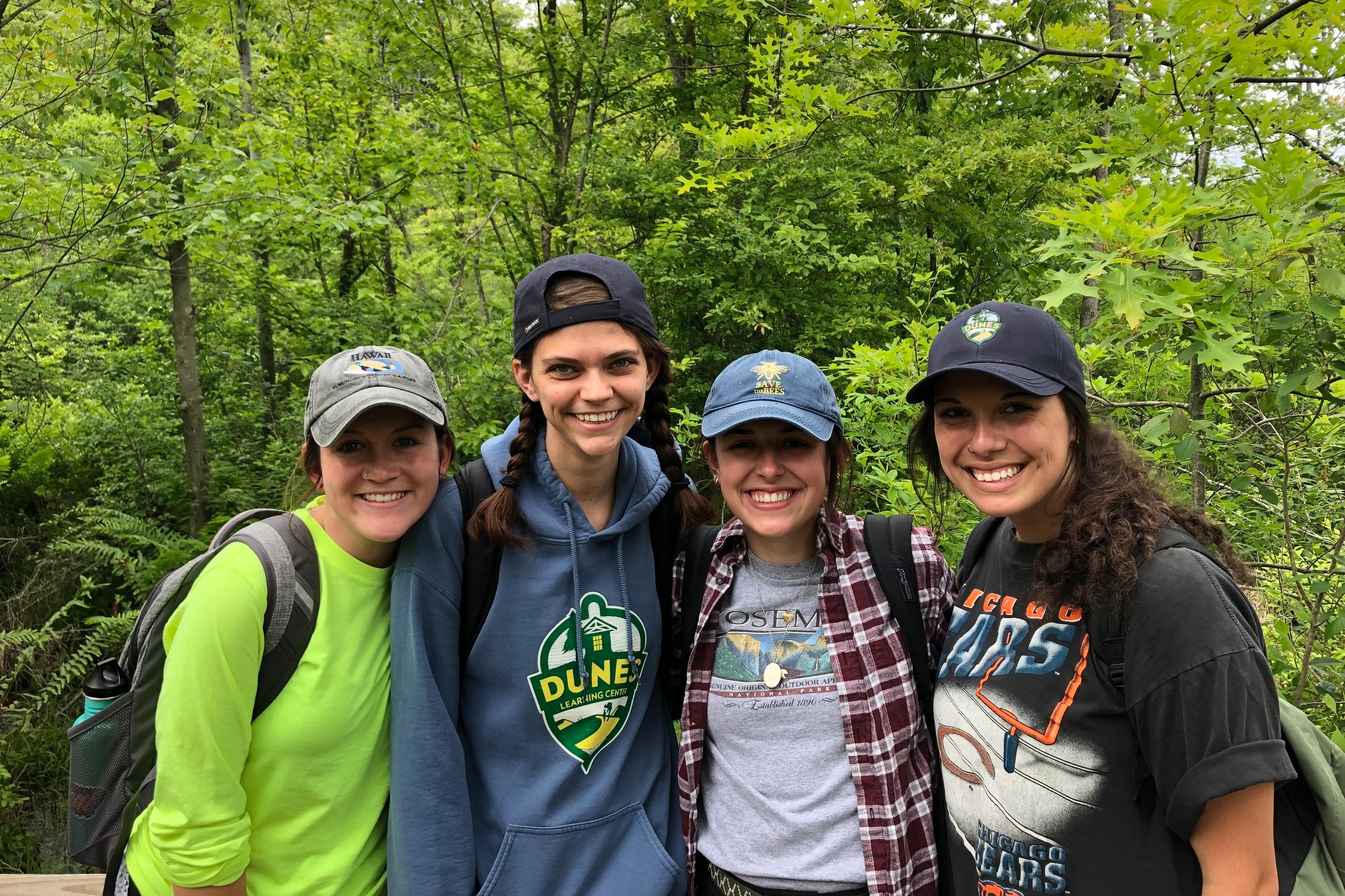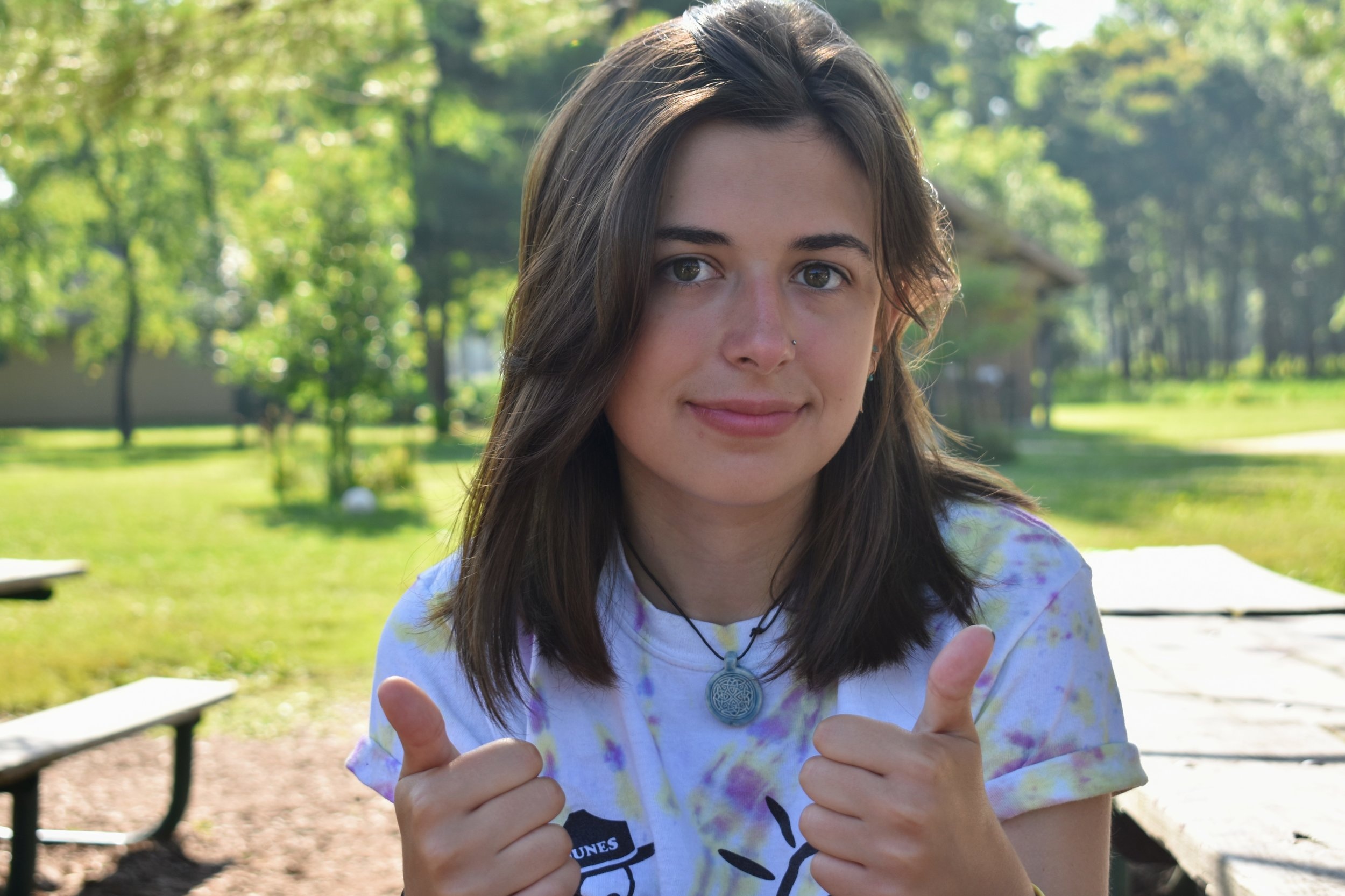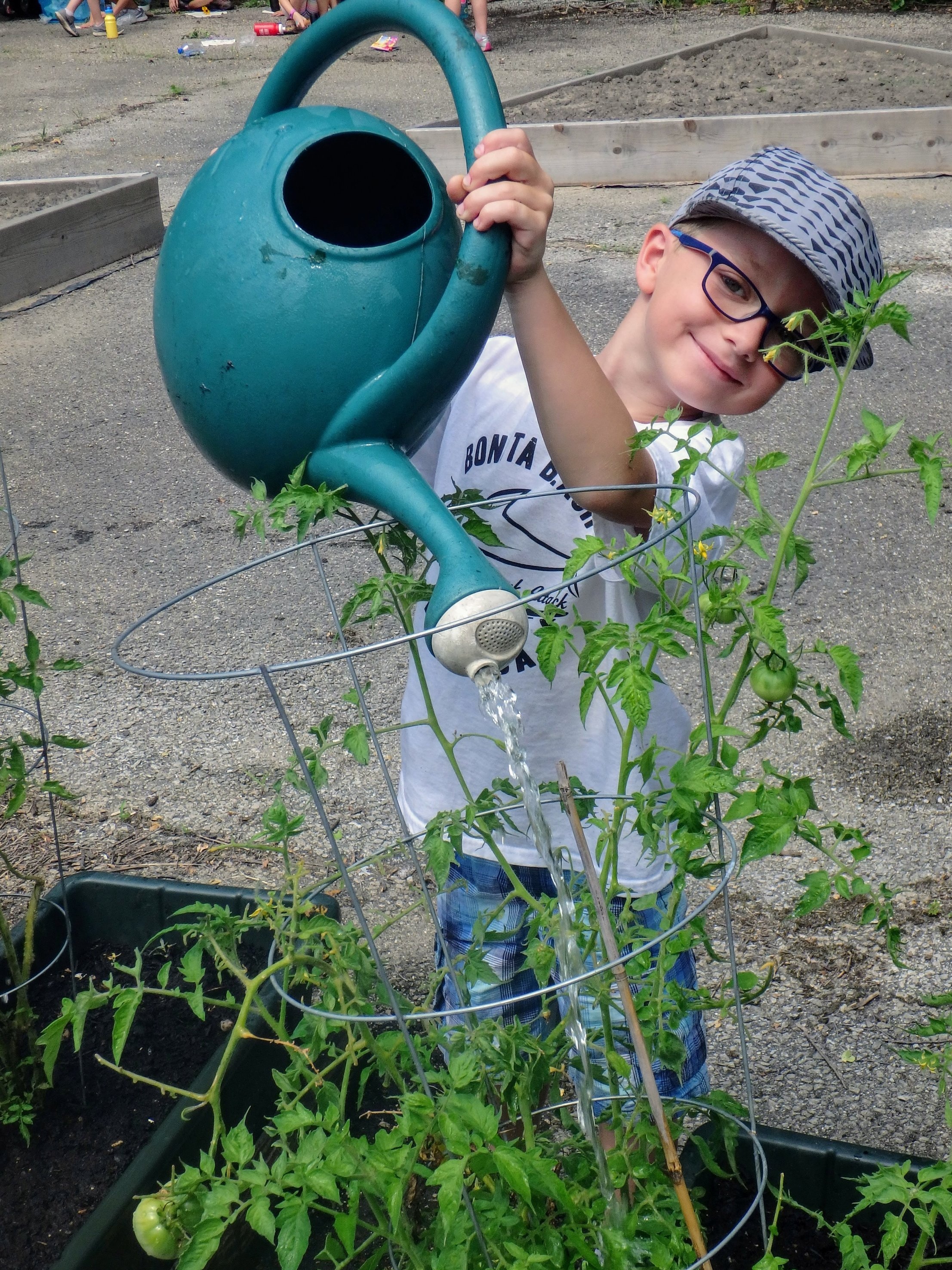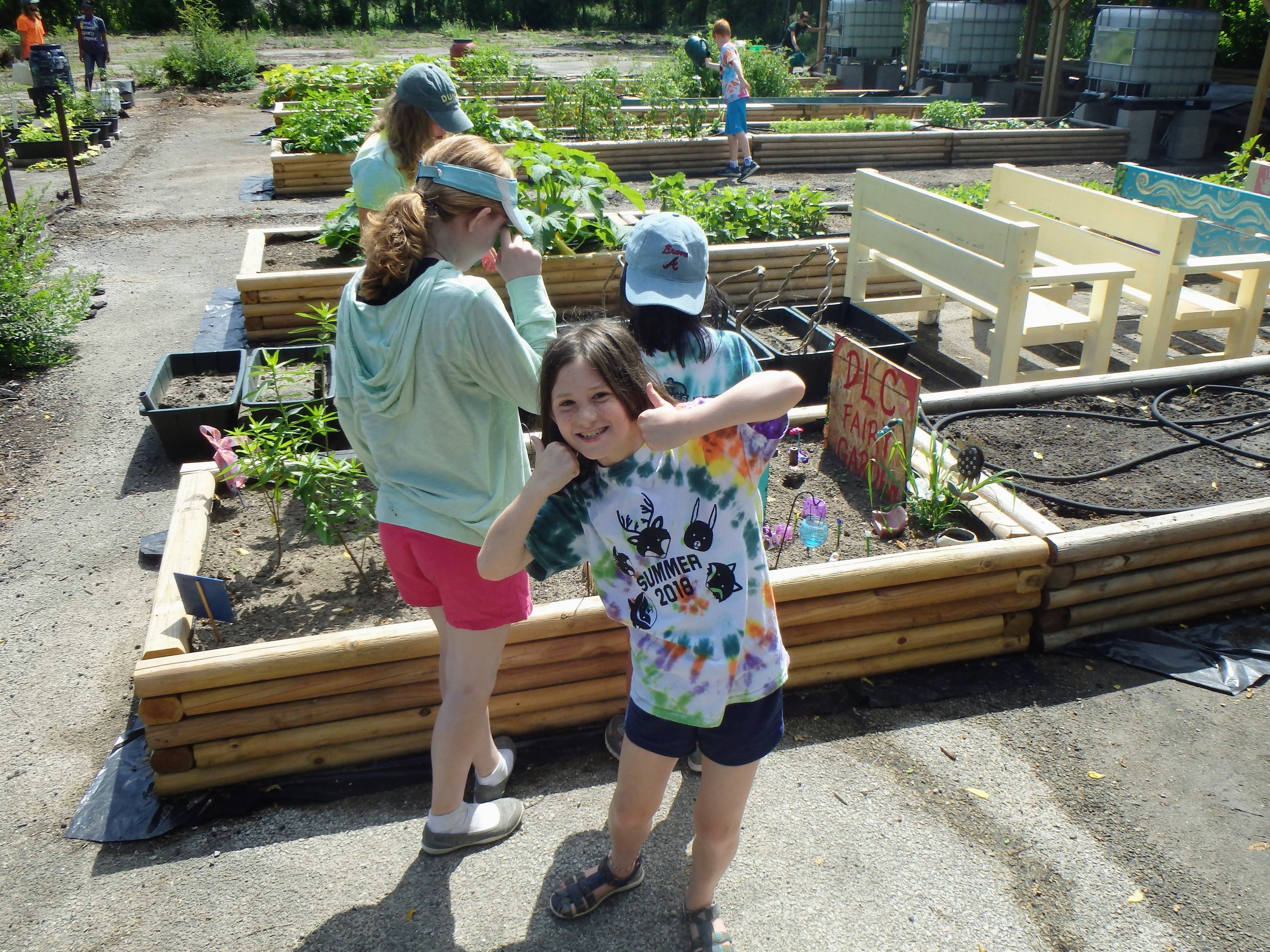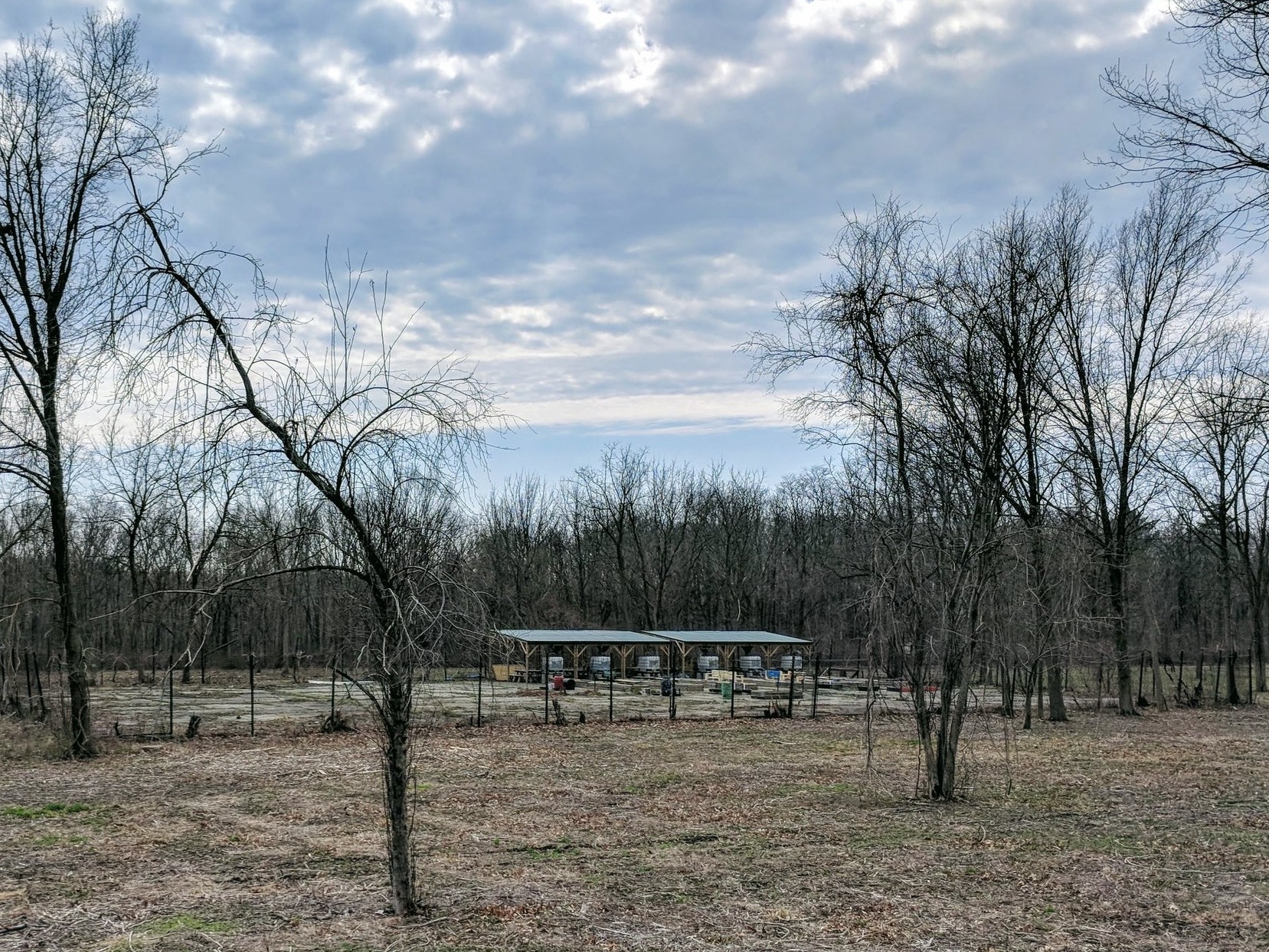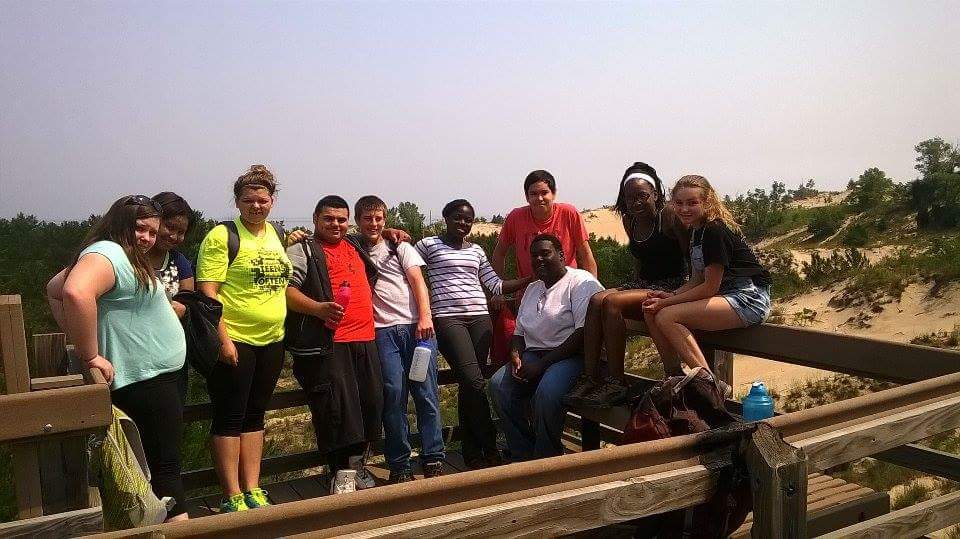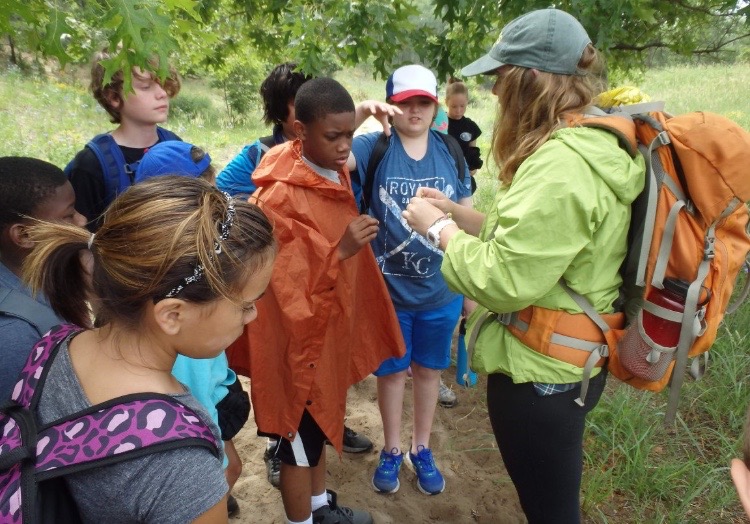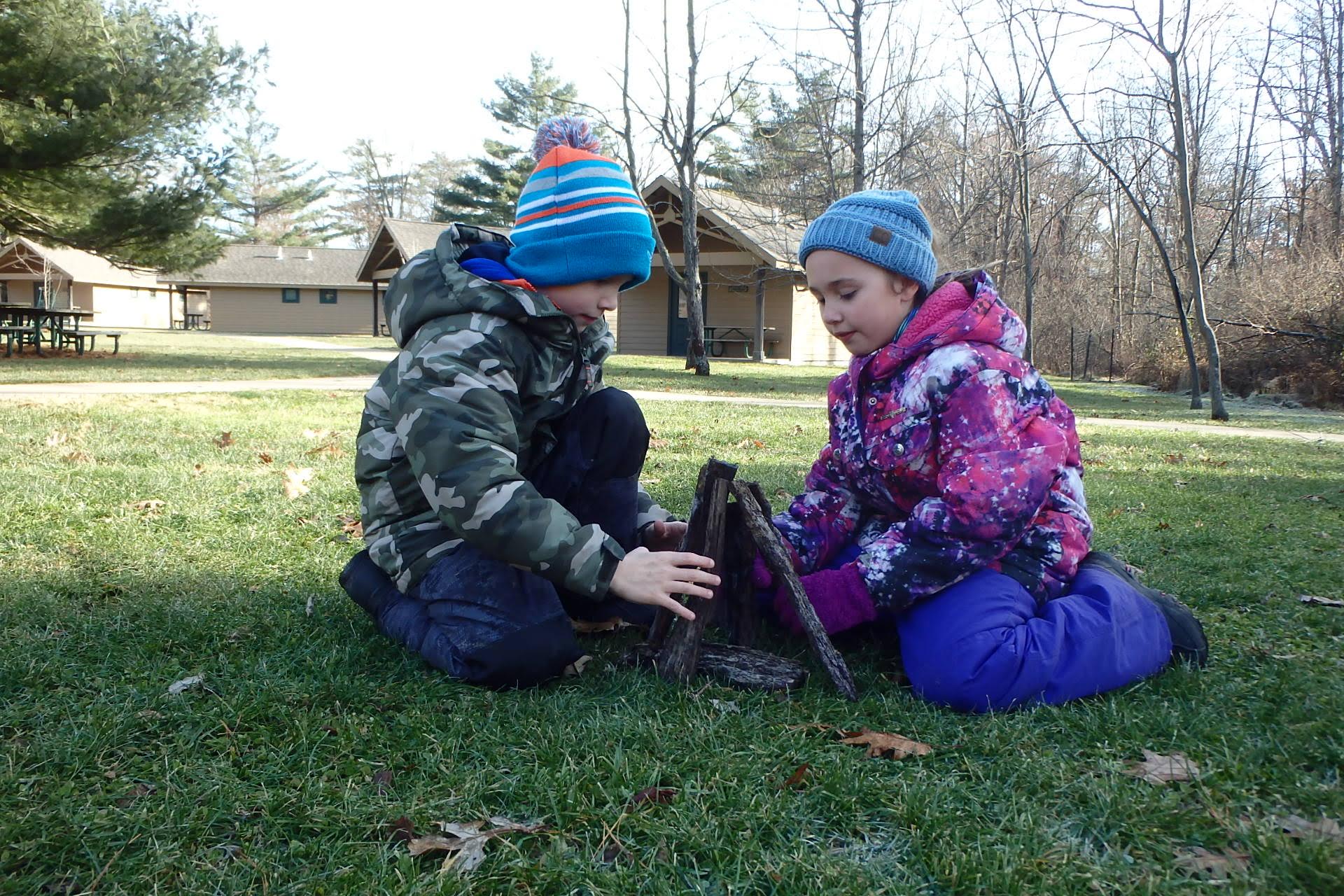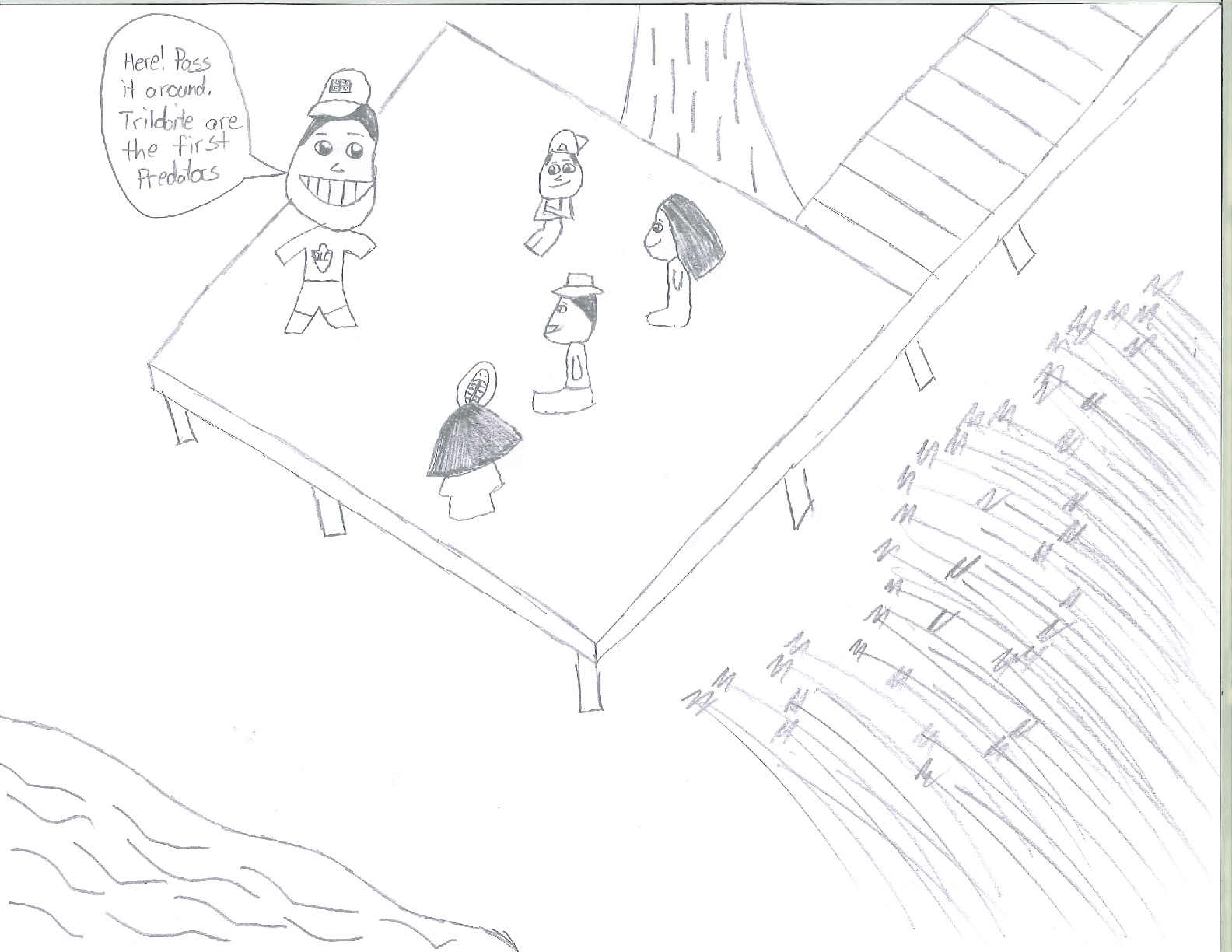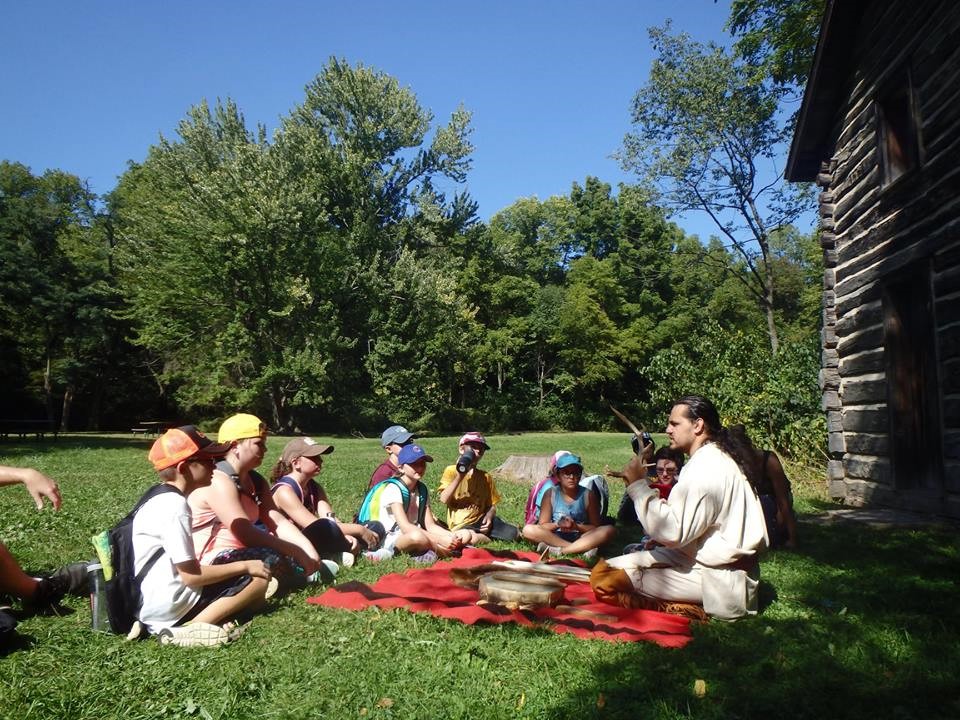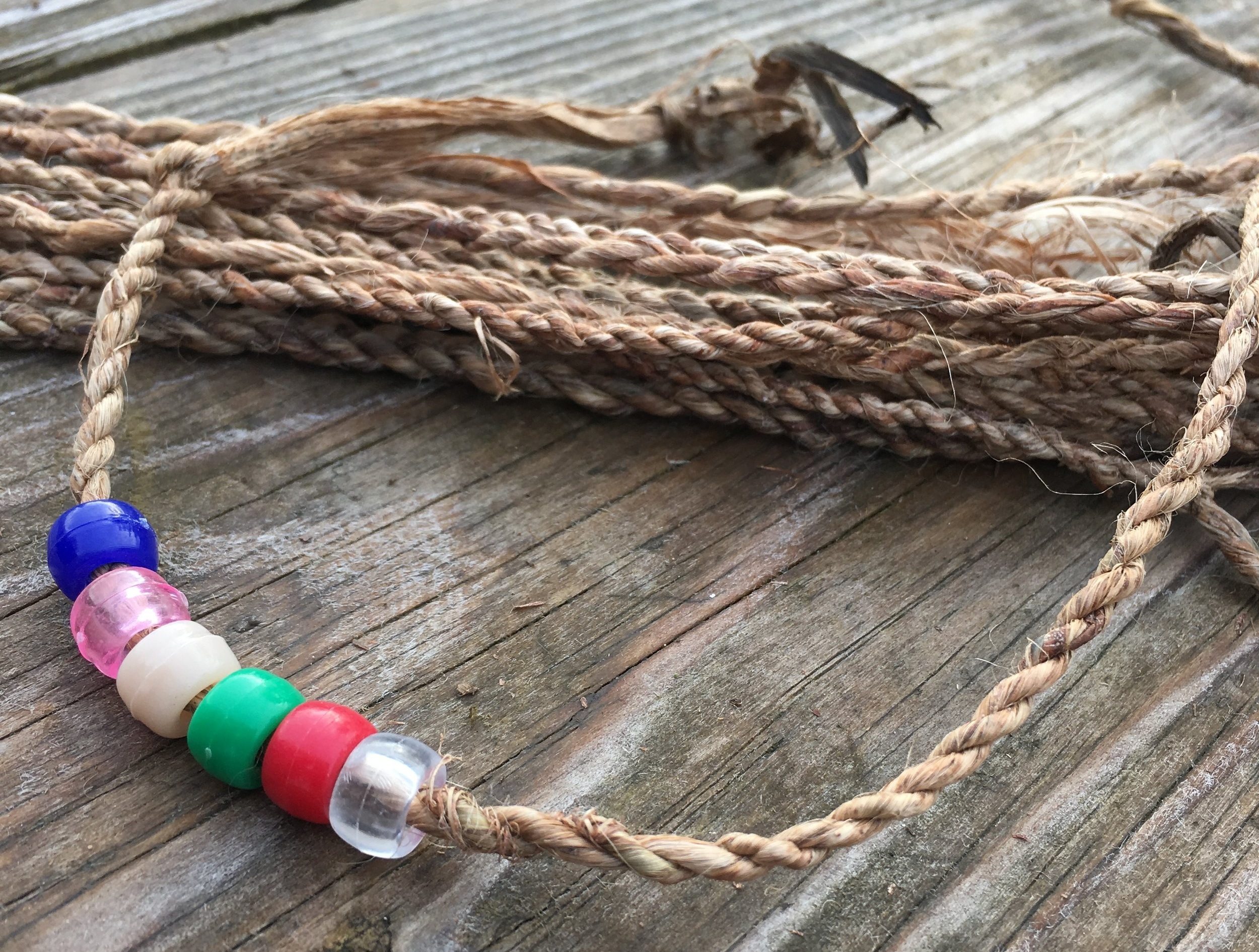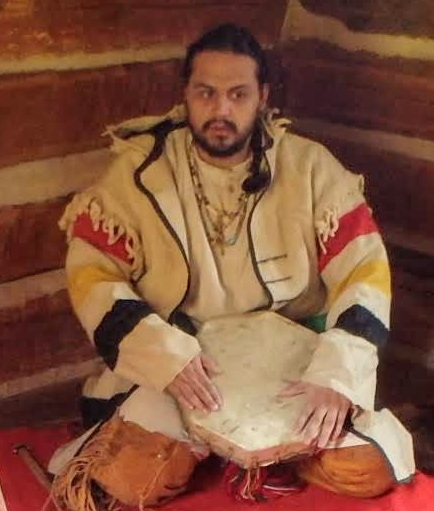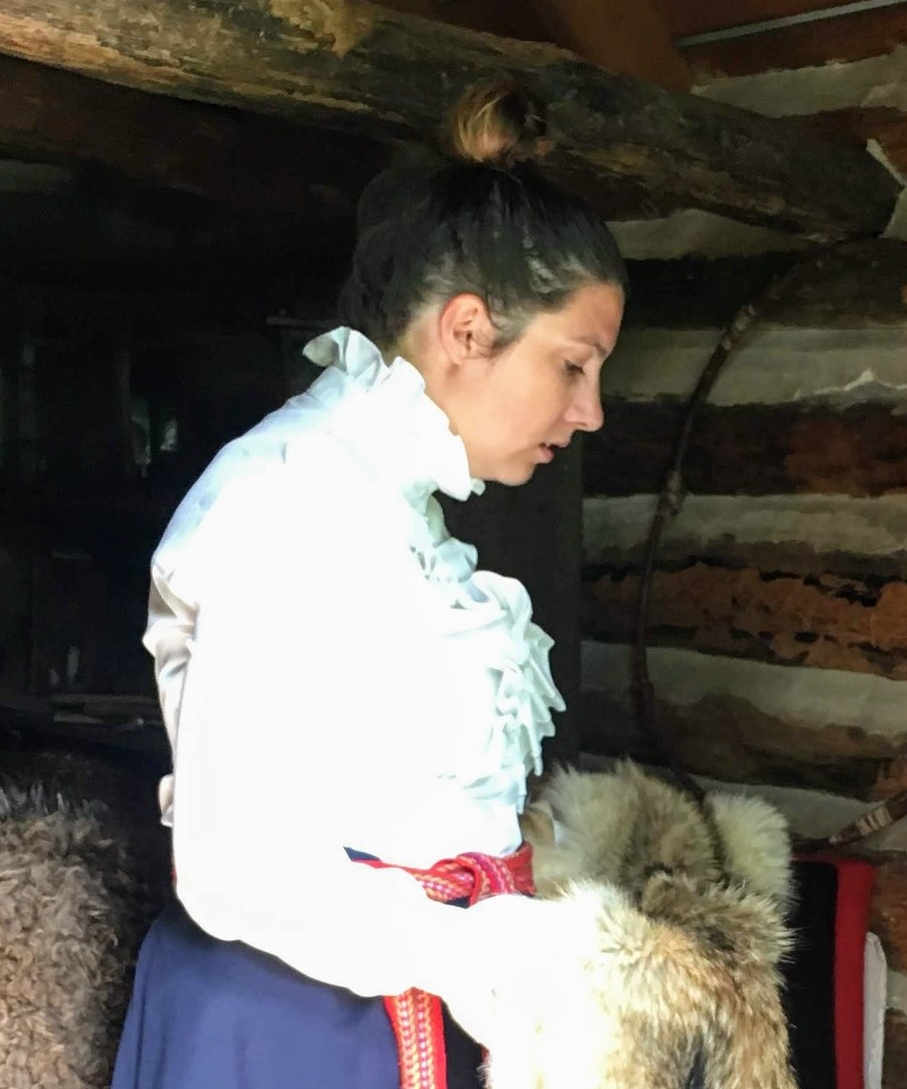A Beautiful, Biodiverse, Natural Area
/By Naturalist Bella Santana
Born and raised in Beverly Shores and Chesterton, I am no stranger to the Indiana Dunes or to Lake Michigan. Despite growing up just a 5 minute drive to the Indiana Dunes National Park (will saying the phrase “National Park” ever stop feeling strange to this Region native who grew up saying “National Lakeshore”?), the amazing natural beauty that encompasses this area is something that I never really thought twice about until getting older.
When I say older in this context, I mean middle or end of high school. From how I remember looking at and valuing this area as a child and especially as a hormonal teenager, I often thought, “Man, why on Earth did my parents have to choose Indiana? Why not somewhere mountainous, somewhere more exciting, somewhere this or that, yada yada…”
I think this might be because the Indiana Dunes ecosystems had become so normal to me. The Lake Michigan shore was the place I ran around and swam as a toddler and into my teenage years. The surrounding forests were simply places with trees where I would go on walks with my friends and family. And the wetlands? Those were just a flash of green I would drive past without a second glance. It wasn’t until getting older and experiencing life outside of NWI that I found what I valued in nature, the world, and myself. Something had finally clicked inside of me and I allowed myself to become aware of how fortunate I was to grow up, and continue to grow older in such a beautiful, biodiverse, and natural area.
As they say, better late than never, and I am so grateful to now appreciate this area and the natural life that composes these ecosystems. I can’t help but wonder if I had been introduced to DLC programs at a younger age, would I have come to appreciate this area and my upbringing here earlier? Let’s be honest, I’m a wee bit bitter that my mom never sent me to camp here as a kiddo…But don’t worry Mom, I do still love you. ;)
I kept this mindset all summer long while taking young campers on hikes, especially when interacting with kids who had never been to camp or had never really gone on a hike. When one of these kids found something of interest while out on our hikes, even if it was just one tiny thing, I felt so much happiness and hope these encounters will lead them to appreciate not just the Dunes and Lake Michigan, but the area where they are growing up.
Furthermore, I hope those experiences on trail, no matter how uncomfortable (a 5 mile hike in the blistering summer heat) or short (an encounter with a frog or snake), will lead these individuals to have an appreciation for the natural world as they grow older. As the DLC motto goes, kids need nature. And nature sure as heck needs present and future kids to care about it!
Bella Santana
Naturalist
